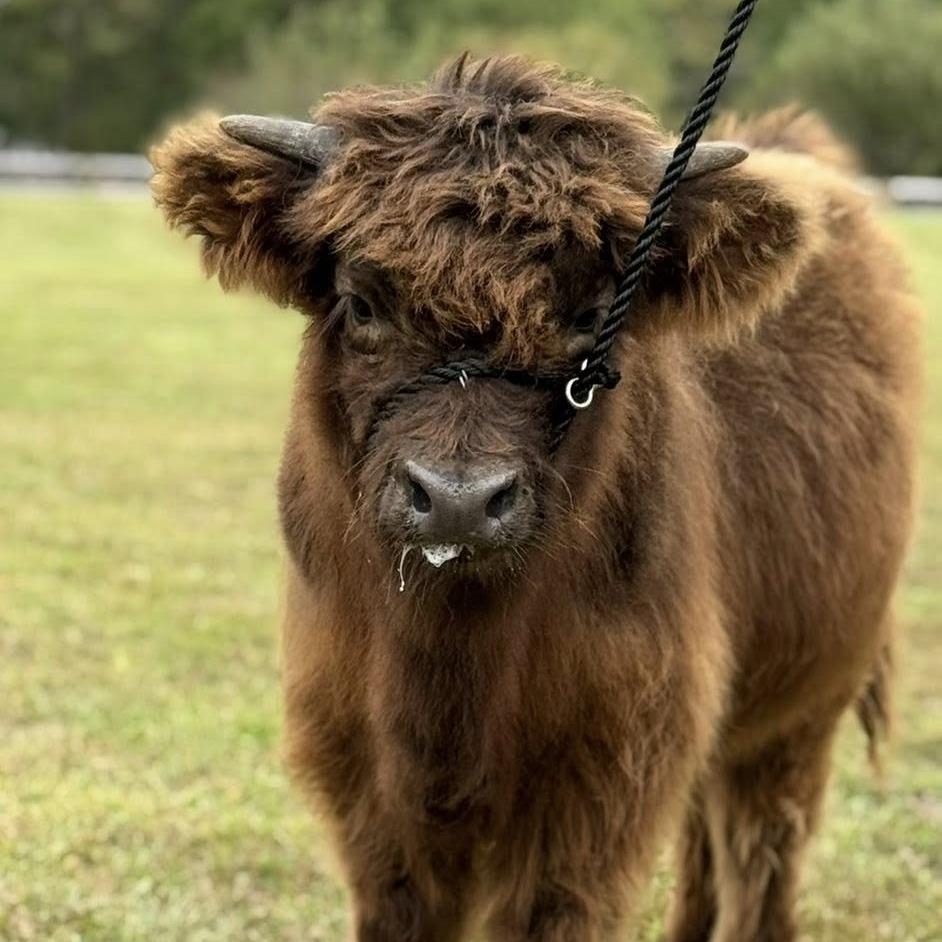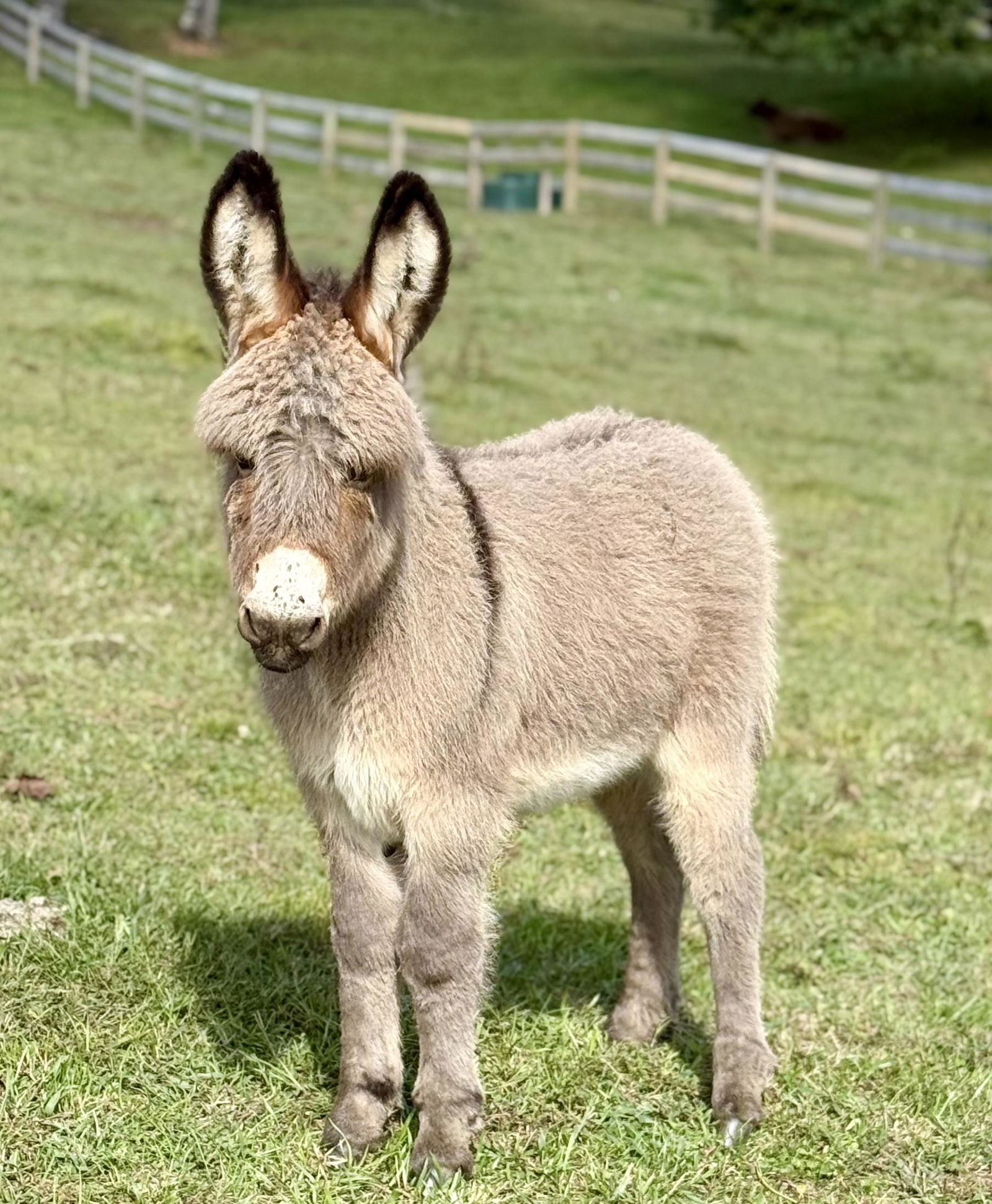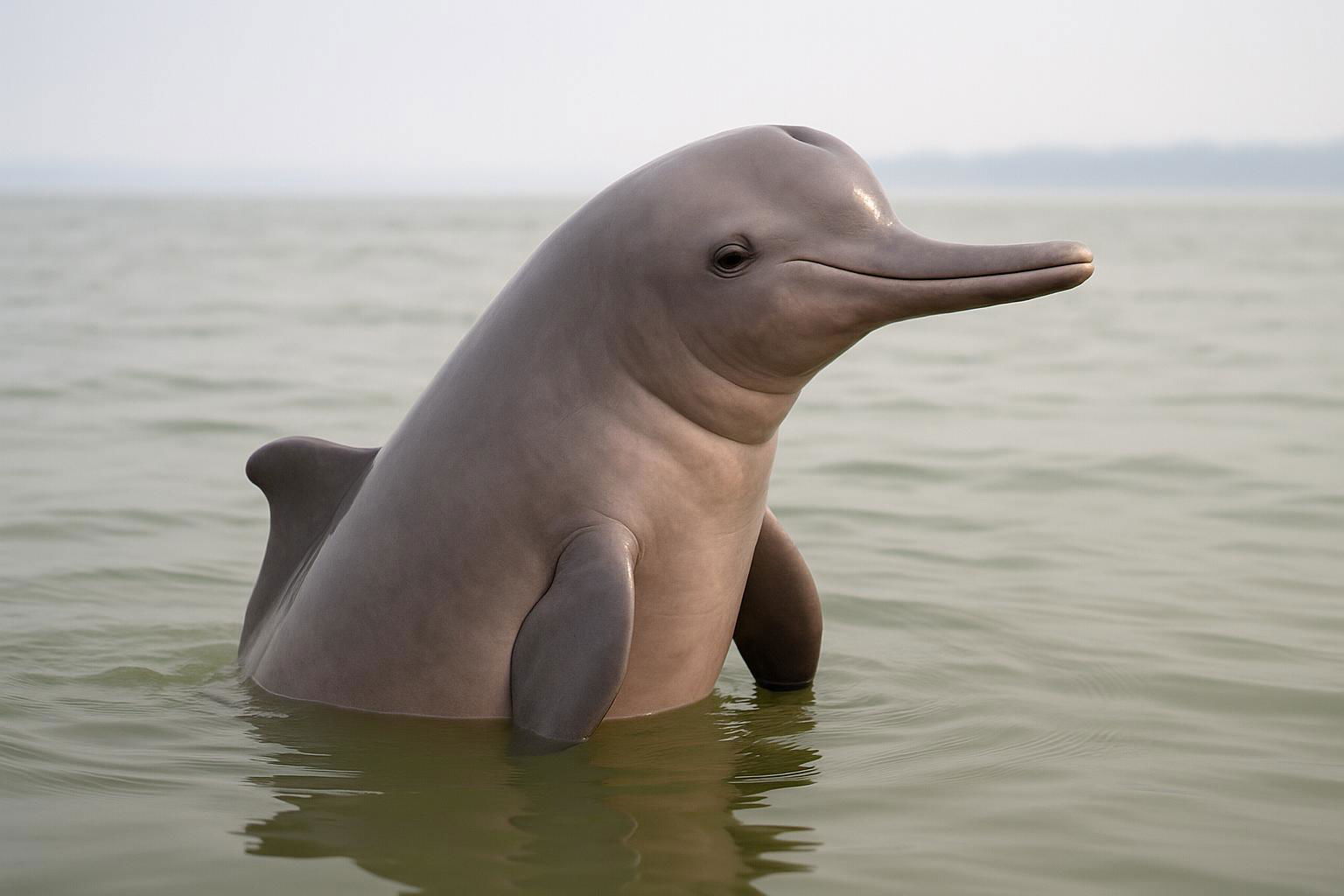
Yangtze River Dolphin
Lipotes vexillifer
The Yangtze River Dolphin, scientifically known as Lipotes vexillifer and commonly referred to as the Baiji, is a critically endangered freshwater dolphin that once thrived in the Yangtze River of China. This unique cetacean is characterized by its elongated beak, flexible neck, and a body covered in pale bluish-grey skin. Its dorsal fin is low and triangular, aiding in smooth navigation through the river's waters. Baijis are relatively shy dolphins, relying heavily on echolocation due to their poor eyesight, an adaptation to the murky habitats of the Yangtze River.
Unfortunately, the Baiji is one of the world's most endangered mammals, primarily due to habitat degradation, overfishing, and pollution caused by rapid industrialization and human development along the Yangtze. Once dubbed the "Goddess of the Yangtze," the Baiji was regarded as a symbol of elegance and grace, often featuring in Chinese folklore. Despite conservation efforts, sightings have become exceedingly rare, leading to concerns that this gentle species might be functionally extinct. Emphasizing the importance of urgent and robust conservation actions, the plight of the Baiji serves as a poignant reminder of the delicate balance between development and environmental preservation.

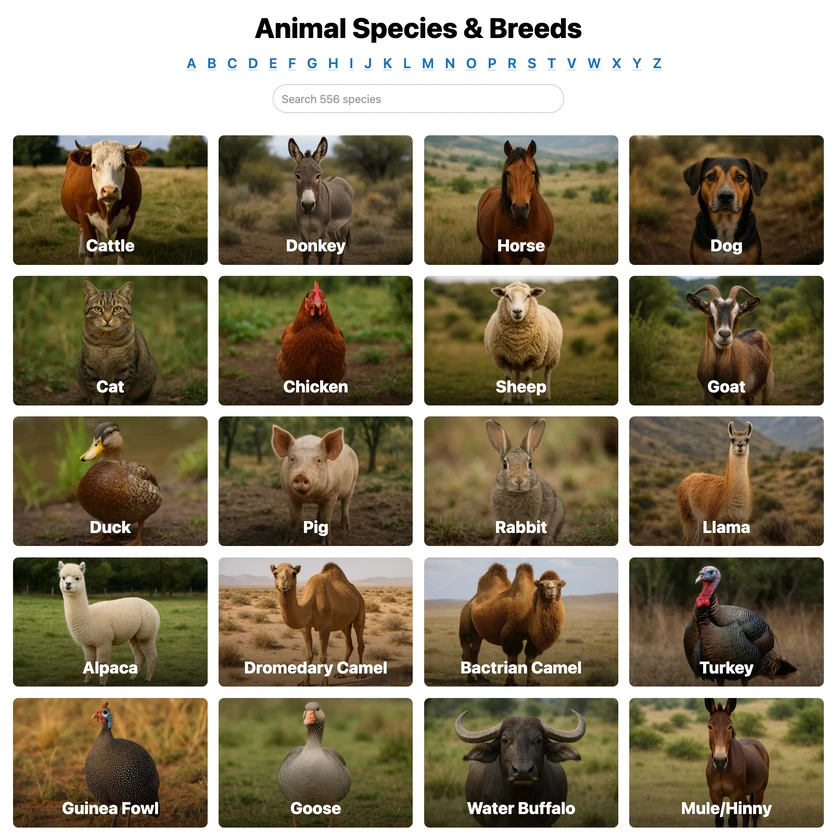 All Species & Breeds
All Species & Breeds
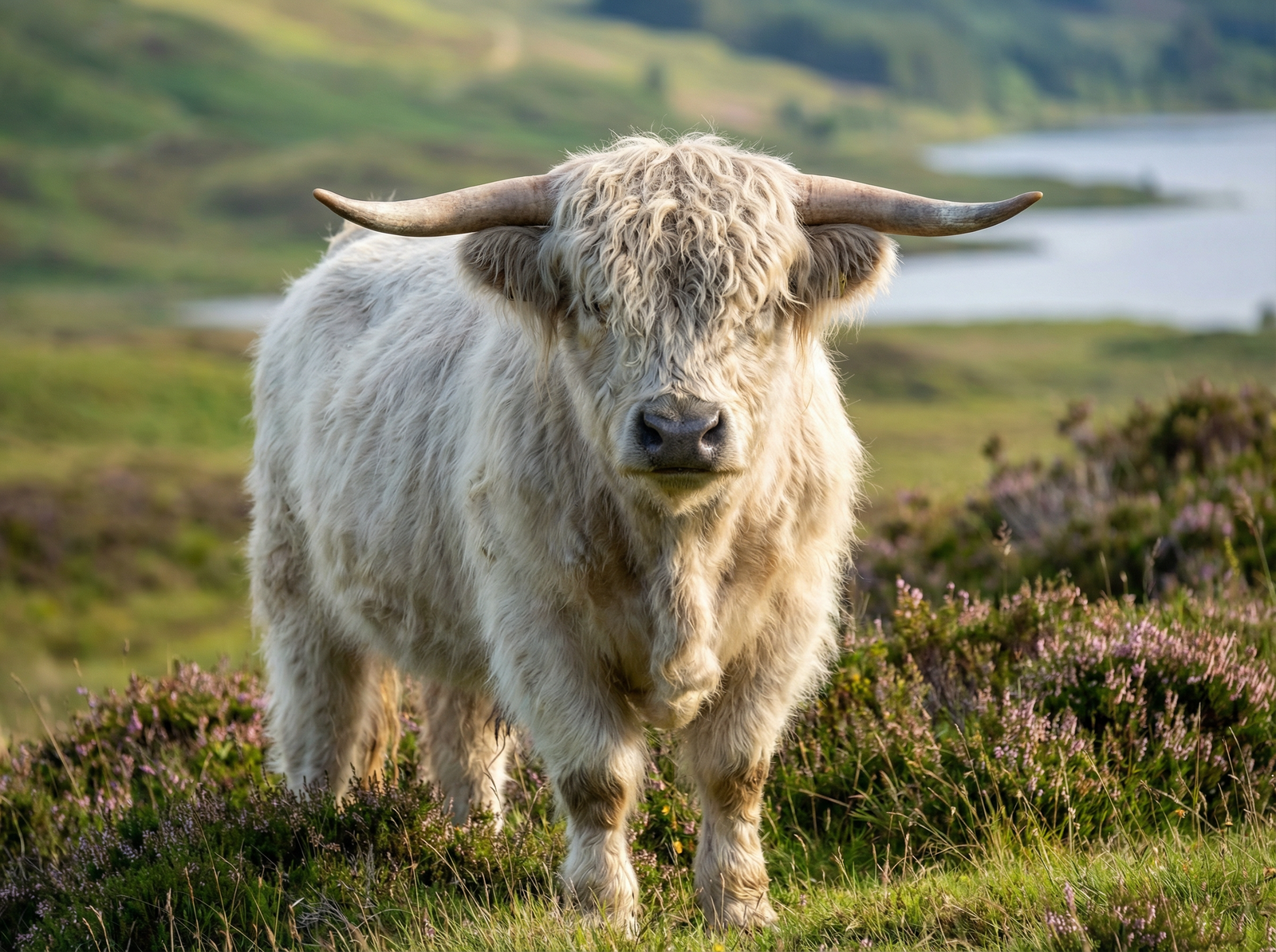 Highland Cattle
Highland Cattle
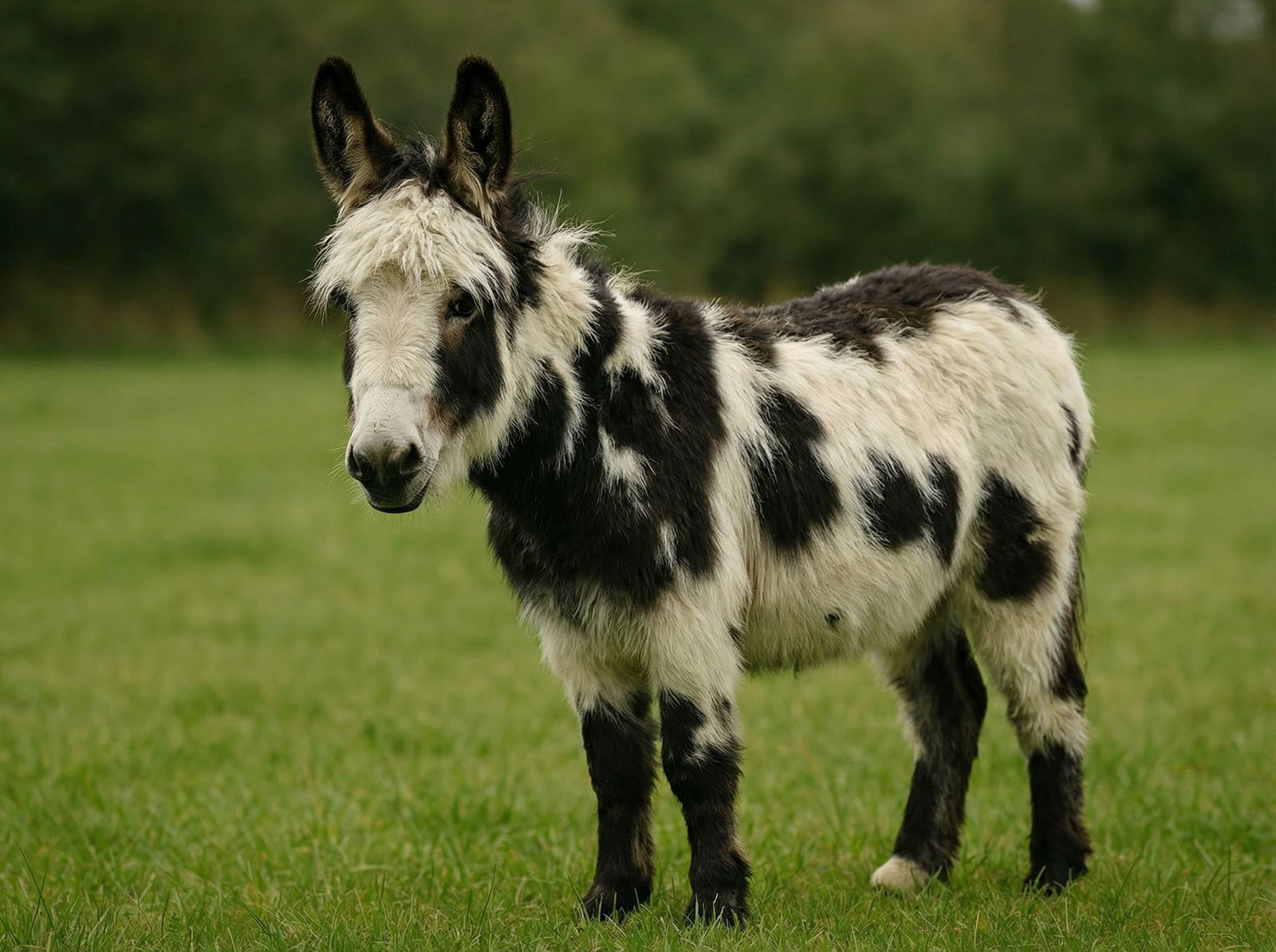 Miniature Donkeys
Miniature Donkeys
 All Species Directory
All Species Directory
 Highland Cattle in Virginia
Highland Cattle in Virginia
 Miniature Donkeys in Texas
Miniature Donkeys in Texas
